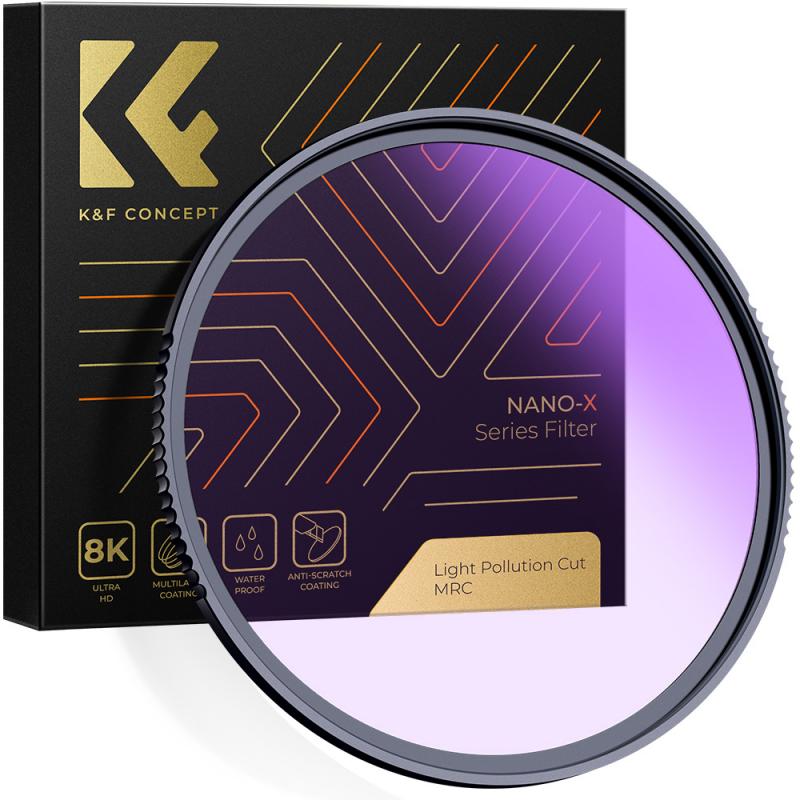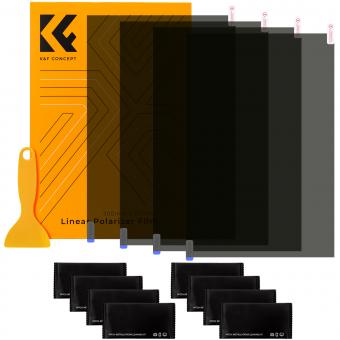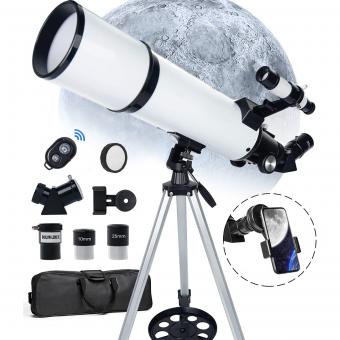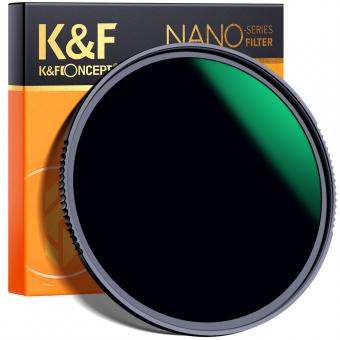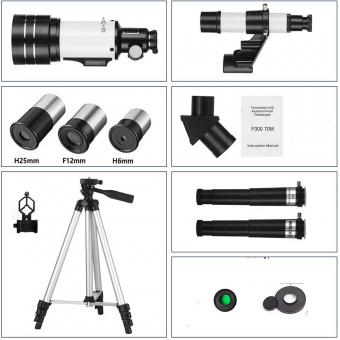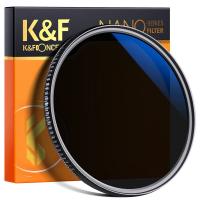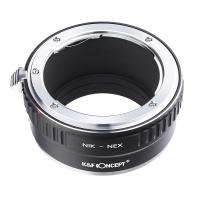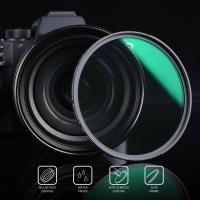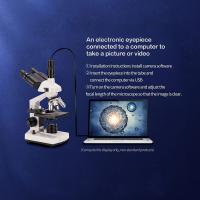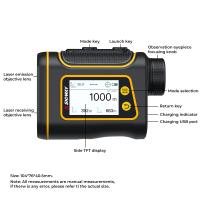Telescope That Can See Jupiter Red Spot ?
The Hubble Space Telescope is capable of observing Jupiter's Great Red Spot. The telescope has captured detailed images of the massive storm on multiple occasions, providing valuable insights into its structure and behavior.
1、 Optical telescopes
Optical telescopes are indeed capable of observing Jupiter's famous red spot. The red spot is a long-lasting storm on Jupiter's surface, which has been observed for over 400 years. Optical telescopes use visible light to capture images and study celestial objects, making them ideal for observing the red spot.
The red spot is a massive storm system, larger than Earth, and it appears as a distinct reddish oval on Jupiter's surface. Optical telescopes can provide detailed images of the red spot, allowing scientists to study its structure, behavior, and changes over time. By analyzing these images, scientists can gain insights into the dynamics of Jupiter's atmosphere and the mechanisms behind the storm's longevity.
In recent years, optical telescopes have provided valuable information about the red spot. For example, observations have revealed that the storm is gradually shrinking in size. This has led to speculation about the potential demise of the red spot in the future. However, it is important to note that the storm's behavior is complex and can be influenced by various factors, such as atmospheric conditions and interactions with other storms on Jupiter.
Furthermore, advancements in telescope technology have allowed for even more detailed observations of the red spot. For instance, adaptive optics systems can correct for atmospheric distortions, providing sharper and clearer images. Additionally, space-based telescopes, such as the Hubble Space Telescope, have captured stunning images of the red spot from above Earth's atmosphere, offering a unique perspective on this iconic storm.
In conclusion, optical telescopes are powerful tools for observing Jupiter's red spot. They enable scientists to study the storm's characteristics and changes, providing valuable insights into the dynamics of Jupiter's atmosphere. With ongoing advancements in telescope technology, we can expect even more detailed and fascinating observations of this remarkable feature in the future.
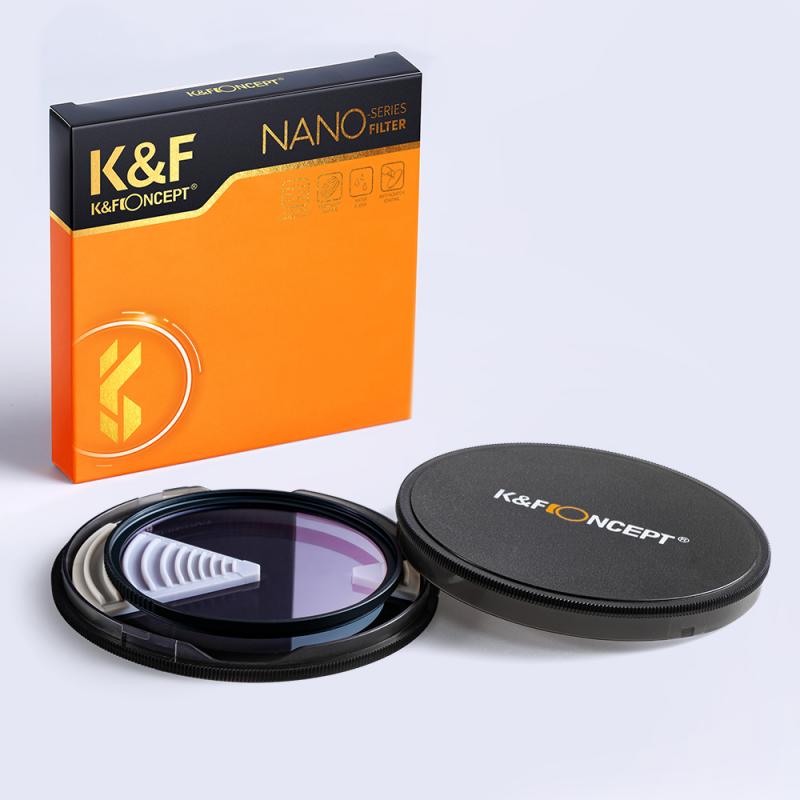
2、 Jupiter's Great Red Spot
Yes, there are telescopes that can see Jupiter's Great Red Spot. The Great Red Spot is a massive storm on Jupiter that has been observed for over 300 years. It is a prominent feature on the planet and can be seen with telescopes here on Earth.
One of the most famous telescopes that has captured images of Jupiter's Great Red Spot is the Hubble Space Telescope. Hubble has provided stunning images of the storm, revealing its intricate details and changes over time. In fact, Hubble's observations have shown that the Great Red Spot has been shrinking in recent years. It was once about three times the size of Earth, but now it is only about 1.3 times the size of our planet.
Other ground-based telescopes, such as the Keck Observatory in Hawaii, have also captured images of the Great Red Spot. These telescopes use advanced technology and adaptive optics to compensate for Earth's atmosphere and provide clear views of Jupiter's features.
It is worth noting that observing the Great Red Spot requires a powerful telescope and favorable viewing conditions. Jupiter is a gas giant located about 484 million miles away from Earth, so atmospheric conditions and the planet's position in its orbit can affect visibility. However, with the right equipment and timing, astronomers and enthusiasts can observe and study this iconic storm on Jupiter.
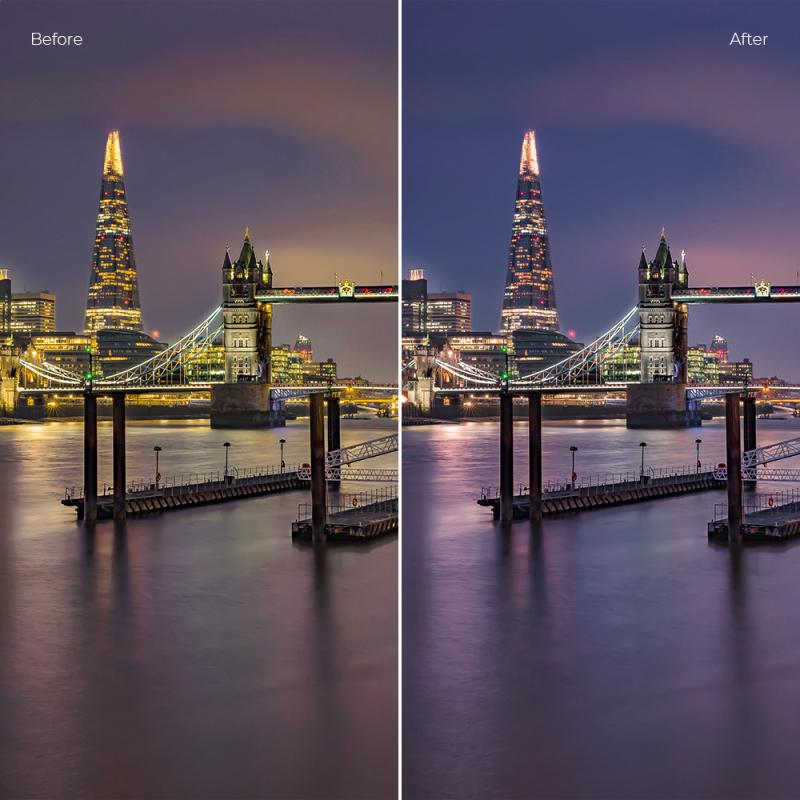
3、 Observing Jupiter's atmospheric features
Observing Jupiter's atmospheric features, including the famous Great Red Spot, has been a fascinating endeavor for astronomers for centuries. With advancements in technology, we now have telescopes that can provide us with incredible views of this iconic feature.
The Great Red Spot is a massive storm system on Jupiter that has been observed for over 300 years. It is a swirling vortex of clouds, twice the size of Earth, and is known for its distinct reddish hue. To observe this feature, astronomers rely on powerful telescopes that can capture the intricate details of Jupiter's atmosphere.
One such telescope is the Hubble Space Telescope, which has provided us with stunning images of Jupiter and its Great Red Spot. Hubble's high-resolution cameras have allowed scientists to study the dynamics of the storm, its changing shape, and its interactions with other atmospheric features. These observations have helped us gain a deeper understanding of the complex weather patterns on Jupiter.
In recent years, ground-based telescopes equipped with adaptive optics have also contributed to our understanding of Jupiter's atmospheric features. Adaptive optics technology corrects for the blurring effects of Earth's atmosphere, allowing for sharper and more detailed images. This has enabled astronomers to study the Great Red Spot and other atmospheric phenomena with unprecedented clarity.
Furthermore, the Juno spacecraft, which has been orbiting Jupiter since 2016, has provided us with valuable data about the planet's atmosphere. Juno's instruments have allowed scientists to study the composition, temperature, and cloud formations in Jupiter's atmosphere, shedding light on the nature of the Great Red Spot.
In conclusion, thanks to advanced telescopes like the Hubble Space Telescope, ground-based telescopes with adaptive optics, and space missions like Juno, we have been able to observe and study Jupiter's atmospheric features, including the Great Red Spot, in great detail. These observations continue to enhance our understanding of the dynamics and mysteries of Jupiter's fascinating atmosphere.

4、 Advanced telescope technology
Advanced telescope technology has made significant strides in recent years, enabling us to observe celestial bodies with unprecedented clarity and detail. While there is no specific telescope designed solely to observe Jupiter's famous red spot, modern telescopes equipped with advanced imaging capabilities can provide valuable insights into this intriguing phenomenon.
The red spot on Jupiter is a massive storm that has been raging for centuries. It is a prominent feature on the planet's surface and has been a subject of great interest for astronomers. With the help of advanced telescopes, scientists have been able to study the red spot in greater detail, unraveling its complex dynamics and evolution.
One such advanced technology is adaptive optics, which compensates for the distortion caused by Earth's atmosphere. By rapidly adjusting the telescope's mirrors, adaptive optics can counteract the blurring effects of atmospheric turbulence, resulting in sharper and clearer images. This technology has greatly enhanced our ability to observe distant objects, including the red spot on Jupiter.
Additionally, telescopes equipped with high-resolution cameras and spectrographs allow scientists to analyze the composition and behavior of the red spot. By studying the light emitted or absorbed by the storm, researchers can gain insights into its atmospheric conditions and dynamics.
It is important to note that while advanced telescopes can provide detailed observations of the red spot, they cannot predict its future behavior or determine its ultimate fate. The red spot has been observed to change in size and color over time, and ongoing research aims to understand the underlying mechanisms driving these changes.
In conclusion, advanced telescope technology, such as adaptive optics and high-resolution imaging, has significantly improved our ability to observe and study the red spot on Jupiter. These advancements have allowed scientists to gain valuable insights into the storm's dynamics and evolution. However, further research is still needed to fully understand the nature of this fascinating phenomenon.
